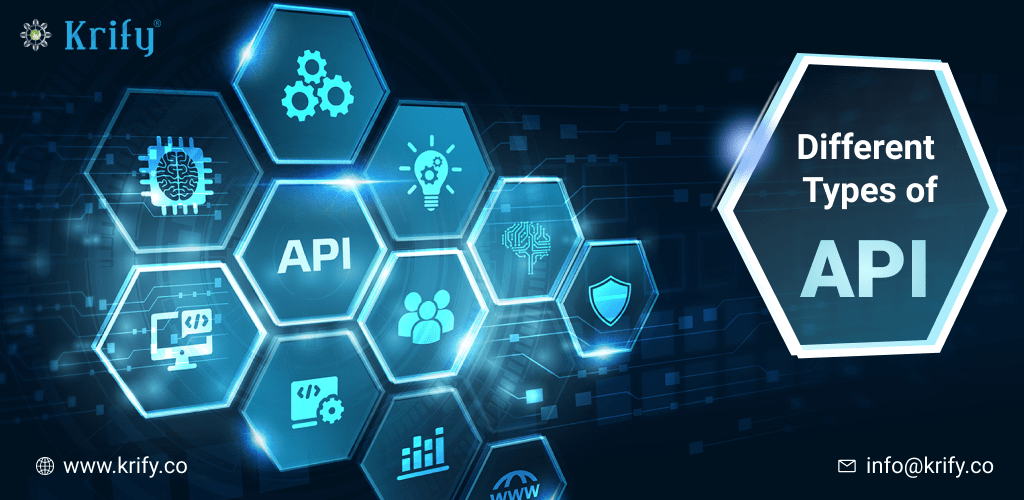APIs (Application Program Interfaces) utilize a series of protocols and code translation to communicate with each other in various applications. This way, the everyday operations of an enterprise can be streamlined through the optimization of data sharing and device functionality. Additionally, APIs increase external communication through secure networking with clients, vendors, and customers. Different types of APIs, such as RESTful APIs, SOAP APIs, and GraphQL APIs, serve distinct purposes in facilitating communication and data exchange between different software systems and platforms.
The APIs are useful since developers can add such features to an application without the code being written by themselves. Developers can also access other applications’ data from APIs. Implementing API integration successfully involves rigorous analysis to decide which model provides user experience and improvement. First of all, companies need to provide an overview of what an API is and what its users deliver. So, let us understand the different types of APIs in brief.
Different types of API’s
The API sets endpoints and appropriate formats for queries and answers. Web APIs are the APIs used for browser communication. Services including site alerts and Web storage can be provided. Different web APIs have different protection and privacy levels, including free, internal, and partner APIs. The composite API – a list of data or service APIs – can be combined with other web APIs.
1.Internal APIs:
It is also known as private, internal APIs being concealed from externals and used in an organization. This approach allows businesses to streamline sharing of information between departments and all locations of business. While internally accessible, internal APIs still provide security measures to verify the employee’s identity before granting the system entry.
2.External APIs:
This API is also referred to as public or external, with open APIs offering relaxed protection, allowing developers and external users to access data easily. Some systems are fully transparent, and others can need a simple registry or API key. This feature makes public APIs a great choice for companies who want to streamline contacts with third-party users, such as suppliers or customers. It also enables software developers to quick, unrestricted implementation of components.
3.Partner APIs:
Like the open approach, partner APIs aim to facilitate collaboration between a business and its external users. However, more encryption is used to provide data access to particular business partners. While partner APIs are frequently exposed to other public APIs, third-party gateways only allow access through registered servers.
4.Composite APIs:
Multiple integration systems and all data can be resistant to the composite API architecture. This enhanced functionality means that Composite APIs are the perfect way of performing a single operation with multiple services. It also provides developers with a single procedure call for access to various endpoints, including web and other API applications. The robust composite API infrastructure enhances data services and offers a solution integrated into the system.
API Architecture and Protocol
The guidelines for API Calls are described by an API protocol, which specifies approved types of data and commands. Various API architectures specify various protocol limitations.
REST
Representative state transfer (REST), instead of the protocol, is more architectural. For servers to understand commands instantly and satisfy demands, they must adhere to certain user interface characteristics. REST manages record transfer rather than regulating behaviour like protocols. The principal concepts to be followed by the REST API are:
-
-
- -The architecture of Client-Server: the background and data storage interface are isolated. This allows versatility and allows various elements to grow separately.
- -Statelessness: There is no client context between requests on the server.
- -Cacheability: Clients can cache responses, so a response to the REST API must expressly state whether or not it can be cached.
- Layered system: The API works if the intermediary, such as a load balancer, is communicating with the server
-
SOAP
XML-RPC
The oldest and simplest protocol used in APIs is Remote Procedure Call (RPC). Originally the purpose of this form of the protocol was to build server codes for the client. But eXtensible Market Language (XML) is used for encoding commands by XML-RPC.
JSON-RPC
JSON-RPC uses JavaScript Object Notation (JSON) to transfer data, which is very similar to the XML process. With either RPC approach, it is very difficult for developers to change strict data formatting specifications. Therefore, to ensure that the addition of components does not interrupt other servers, developers must scrutinize the RPC documentation.
Conclusion:different types of APIs
Although all APIs use integration tools to improve data sharing and workflow, different types of APIs are built to customize particular operations according to the organization’s needs. APIs are a valuable method to work closely with your solution of payments. Look at the type of API you are offering and what you can do with your current infrastructure when choosing a new payment provider.
At Krify, we have a team of professionals who are well versed with the latest technologies and develop robust mobile and web applications based on the requirements shared by our clients. If you are looking for an API development company in India, you are on the right page. For more information, contact us.




